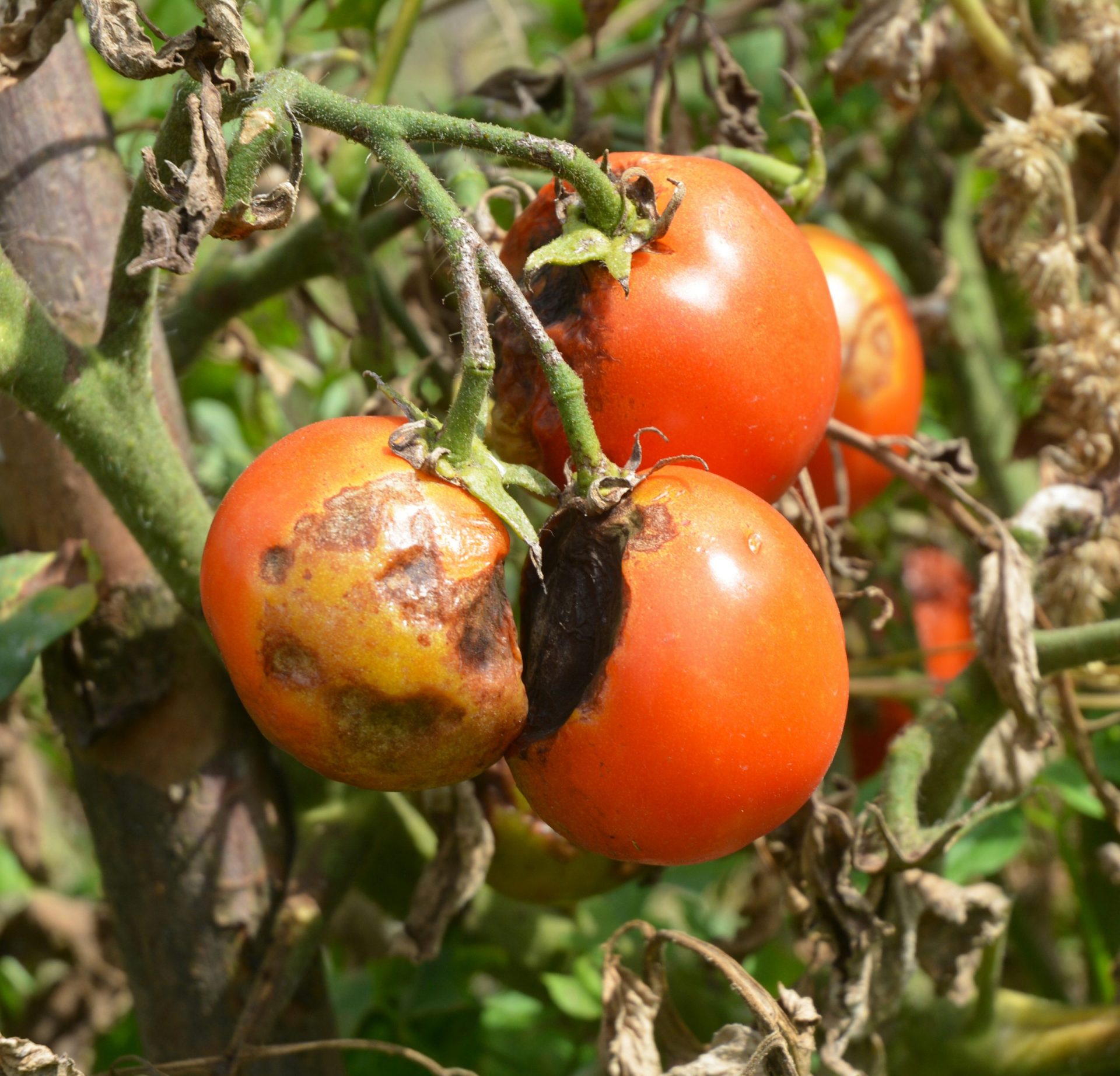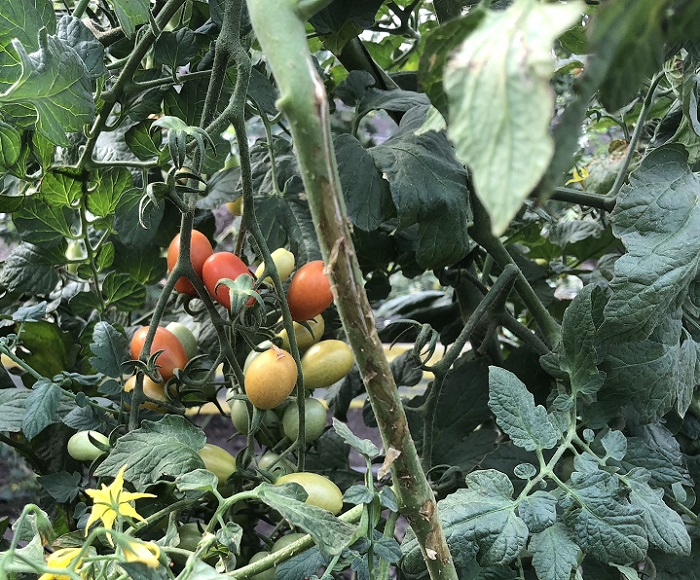

IMMUNOX EARLY BLIGHT TOMATO FREE
Make sure that the seed is free from contamination of the fungus, by saving seed only from disease-free plants.Favourable conditions for the disease are warm, humid weather with heavy dews or rains. Survival occurs in crop remains, and also on seed. Spread over short distances occurs when spores are moved plant-to-plant in wind, rain and overhead irrigation water. Spots also occur on the stems of seedlings as large brown spots near soil level, and may lead to stem break and death. The rots become covered in black spore masses of the fungus (Photo 5). On the fruits, the spots are dark brown or black, sunken, extending over part or all of the fruit. On the stems, the spots are similar, except that they are darker and more elongated (Photo 4). Loss of leaves can cause sunscald on the fruits. As they grow, they develop dark brown rings, like a target, a characteristic of the disease (Photos 1&2, tomato & Photo 3, potato). The spots often merge, and the leaves dry up and fall. Small, pinpoint to 6 mm, circular to angular brown spots occur on the older leaves, with yellow margins. Certified organic growers must use pesticides approved by their organic certifying agency.įor more information on home vegetable garden fungicides: Contact your county Extension agent.All parts of the plant, leaves, stems and fruit, are infected. * Active ingredients generally considered ‘organic’. (cucumber mosaic virus, tobacco mosaic virus, tomato spotted wilt virus) (bean bacterial blight, cabbage black rot, cucumber angular leaf spot, onion bacterial blight, pepper bacterial spot, potato blackleg, tomato bacterial spot) SNS 244 All Natural, Organocide, Oleotrol M VEGETABLEīayer Advanced 3 in 1, Bayer Advanced Disease Control

Also, be sure to read and follow all label instructions of the fungicide that you select to ensure that you use the product in the safest and most effective manner possible.

Check that the active ingredient on the label of the product that you select is the ingredient that you are looking for. When selecting a product from this list, be sure to note the product name carefully, as several products can have very similar names and contain similar active ingredients. This listing is not intended to be exhaustive, but references fungicides that, when used properly, can be effective in controlling the most common diseases of vegetables grown in home gardens. All of the fungicides listed on this fact sheet have been found on shelves at southern Wisconsin home garden centers. This guide is intended to help identify some of the common, and most suitable, fungicides available for disease control in home vegetable gardens. However, if diseases become especially problematic, fungicide treatments are also an option for home gardeners. Cultural methods include proper site selection, plant spacing, staking, watering, fertilization, and perhaps most importantly, use of disease-resistant vegetable cultivars. Typically, cultural methods are the preferred options for disease management in home vegetable gardens. Authors: Amanda Gevens, UW-Madison Plant Pathology with contributions by UW-Madison Plant Pathology undergraduates Ken Cleveland and Lauren Thomasĭiseases of vegetable plants can pose a challenge for the home gardener.


 0 kommentar(er)
0 kommentar(er)
